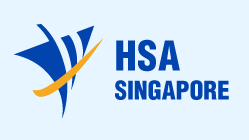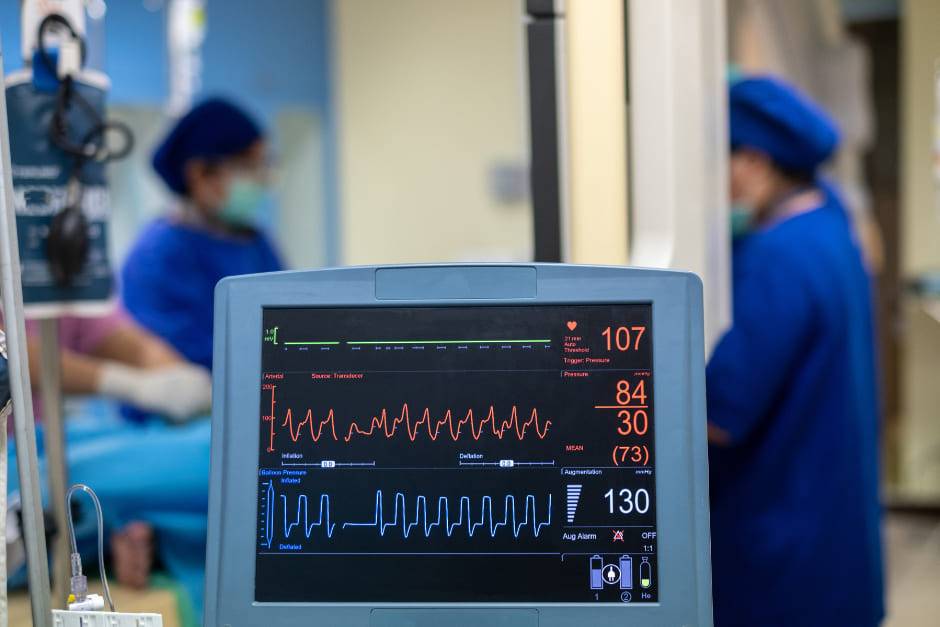
Table of content
The document is intended to provide additional clarifications and recommendations to be considered by medical device manufacturers and other parties involved to ensure compliance with the existing legal framework.
At the same time, the authority reserves the right to make changes to the guidance, should such changes be reasonably necessary to reflect corresponding amendments to the underlying legislation.
Priority Review Scheme
The Priority Review Scheme in Singapore offers a pathway for faster registration and market entry for medical devices submitted through the Full Evaluation Route.
This scheme is available for Class B, C, or D medical devices that meet specific qualification criteria. There are two routes under this scheme:
- Route 1: Targets devices intended in one of five specific healthcare focus areas. Additionally, these devices should address an unmet clinical need by providing a new treatment or diagnostic method where none currently exists or offering breakthrough technology with a clinically meaningful advantage over existing options.
- Route 2: Applies to medical devices that do not meet the qualification criteria for Route 1. However, it is essential to note that medical devices incorporating registrable therapeutic/medicinal products are not eligible for the Priority Review Scheme.

Medical Devices Incorporating Medicinal Product
Medical devices may incorporate a therapeutic/medicinal product in an ancillary role to achieve their intended purpose. The regulatory controls for such products, including the medical device and therapeutic/medicinal components, are determined based on their primary mode of action (PMOA).
PMOA refers to the action that contributes most to the device’s overall therapeutic purpose.
If the PMOA is not achieved through pharmacological, immunological, or metabolic means in or on the human body, the product is regulated as a medical device.
Examples of such products include drug-eluting stents and dermal fillers incorporating analgesics. These are typically classified as Class D medical devices.
The product registration applications for these devices undergo a joint evaluation by the Medical Devices Cluster (MDC) and the Therapeutic Products Branch (TPB) of HSA.
They qualify for the abridged evaluation route if the medical device component is approved by one of the reference regulatory agencies and the chemical/biological component has been approved by a competent drug regulatory agency.
They must be submitted via the entire evaluation route if they do not meet these criteria. The risk classification for medical devices incorporating exempt therapeutic/medicinal products follows the medical device risk class.
HSA provides a Health Products Classification Form on its website for applicants to enquire about the product classification.
Turn-Around-Time (TAT) for Product Registration
HSA endeavors to meet the target processing timelines for all submitted applications. However, applicants must ensure their dossiers are complete and respond promptly to queries to provide timely responses.
The target TAT for product registration applications starts from the date of receipt of the application and excludes any “stop-clock time” due to requests for additional information or clarifications.
Applications involved in a field safety corrective action (FSCA) will be placed on stop-clock until the FSCA is resolved or any necessary action is taken by HSA.
Product Registration Fees
Fees related to product registration are outlined on the HSA website. The application fee is due at the point of submission in MEDICS, and evaluation fees are charged upon acceptance of the application for evaluation.
These fees are non-refundable, regardless of the final decision by HSA. Withdrawing an application after acceptance or rejection by HSA results in the forfeiture of the evaluation fees.
The document also mentions the annual retention fee.
A yearly fee is required to maintain the registration of a medical device on the SMDR. Payment reminders are sent to the email provided by the registrant, but it is the latter’s sole responsibility to keep track of the due date.
Pay the fee to avoid cancellation of the registration. If the payment is not received within 30 days after the due date, a justification for late payment must be provided.
The Auto-Retention Scheme, implemented on November 1, 2016, allows registrants with interbank GIRO accounts with HSA to renew their registrations automatically. The annual fees are non-refundable.
Changes to a Registered Medical Device
Registrants must submit a “Change Notification” application for changes affecting the registered medical device’s safety, quality, or efficacy. GN-21 guides the types of changes and required documentation for these submissions.
Registrants can also request amendments to typographical errors in the device listing information on the SMDR via a written request to HSA.
Cancellation of Registration
If HSA decides to cancel a product’s registration based on reasonable grounds, the registrant will be notified in writing and allowed to respond before the cancellation. Upon cancellation, the registrant and all dealers must immediately cease all importation and supply activities related to the affected medical devices.
Conclusion
In summary, the present HSA guidance addresses certain key points associated with registering medical devices in the country. The scope of the guidance covers the matters related to the fees payable by the applicants, registration routes available. Also, it changes the registration and the way they could be introduced.
How Can RegDesk Help?
RegDesk is a holistic Regulatory Information Management System that provides medical device and pharma companies with regulatory intelligence for over 120 markets worldwide. It can help you prepare and publish global applications, manage standards, run change assessments, and obtain real-time alerts on regulatory changes through a centralized platform. Our clients also have access to our network of over 4000 compliance experts worldwide to obtain verification on critical questions. Global expansion has never been this simple.
Want to know more about our solutions? Speak to a RegDesk Expert today!
–>
- SEO Powered Content & PR Distribution. Get Amplified Today.
- PlatoData.Network Vertical Generative Ai. Empower Yourself. Access Here.
- PlatoAiStream. Web3 Intelligence. Knowledge Amplified. Access Here.
- PlatoESG. Carbon, CleanTech, Energy, Environment, Solar, Waste Management. Access Here.
- PlatoHealth. Biotech and Clinical Trials Intelligence. Access Here.
- Source: https://www.regdesk.co/hsa-revised-guidance-on-medical-device-product-registration-specific-aspects/



